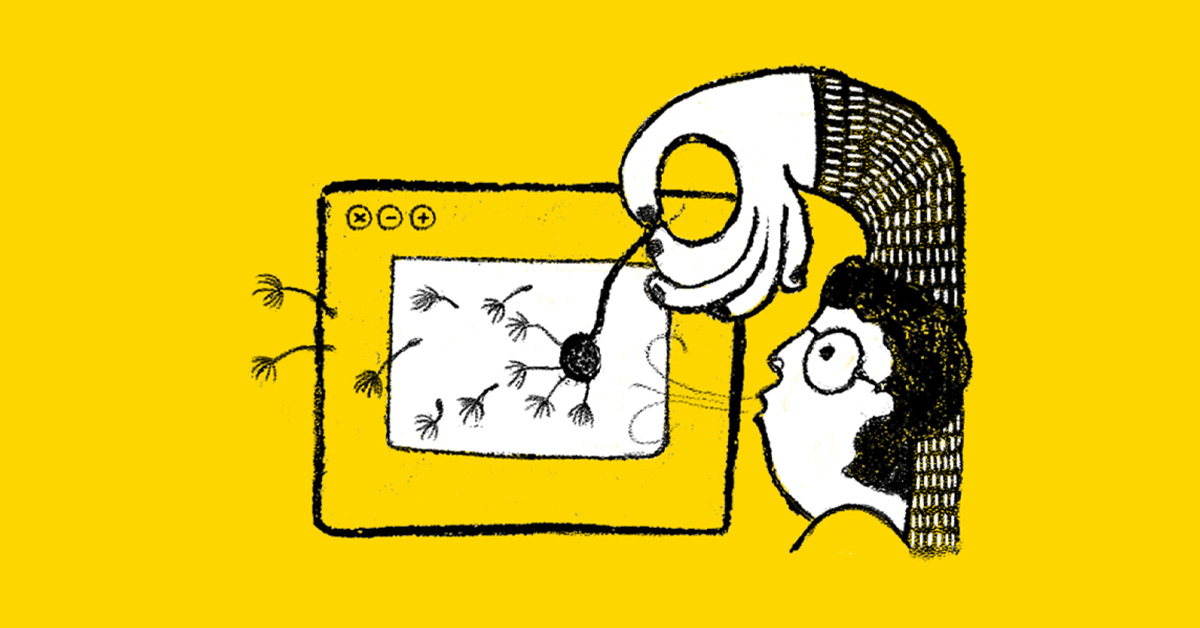Every brand wants to understand its customers and stay ahead of their expectations. But in the age of AI, that’s no easy task. Consumer behaviour is shifting rapidly with AI advancements transforming how people discover, evaluate, and buy products.
For brands, this shift represents both an opportunity and a challenge. Those who adapt and embrace it will thrive, while those who ignore its impact risk fading into obscurity.
In this article, we will break down the biggest shifts in consumer trends driven by AI advancements and what your brand must do to keep up with them.
The AI-Driven Shift in Consumer Behaviour
Not too long ago, a consumer’s buying journey was fairly predictable. They would see an advert, research a product on Google, read some reviews, and then decide if they want to buy it. But thanks to AI, that journey is no longer linear.
1. Changing Search Behaviour
A recent Bloomreach study found that more than 61% of consumers now use generative AI tools like ChatGPT or Gemini and AI-powered voice assistants like Alexa or Siri to search for, compare, and purchase products/services online instead of traditional search engines. This massive shift in consumer trends means brands can no longer rely on SEO alone to capture buyer attention.
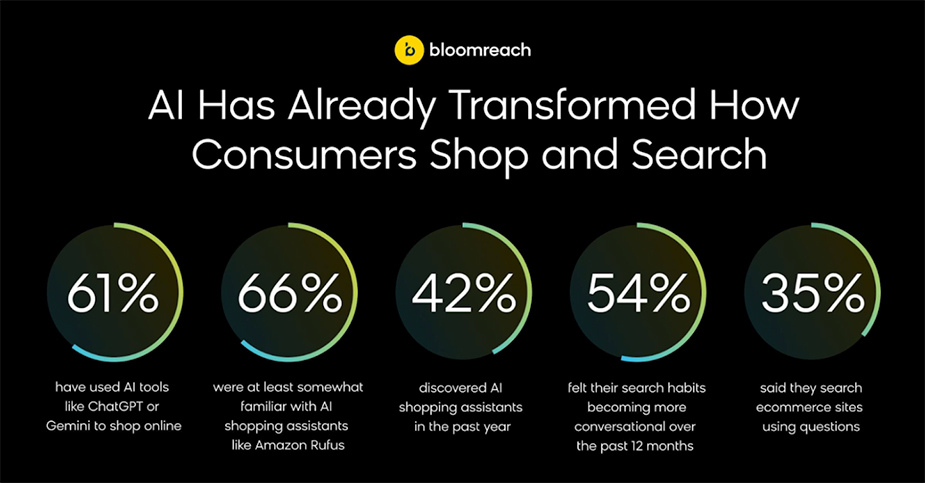
2. Hyper-Personalisation Has Become the Standard
Consumers are no longer satisfied with generic responses or one-size-fits-all marketing. They now expect personalised, conversational interactions with brands that go beyond simply addressing them by name in an email and actually align with their individual needs and unique preferences across all touchpoints. In fact, according to a McKinsey report, 71% of consumers want companies to deliver personalised interactions, and 76% get frustrated when they don’t receive them.
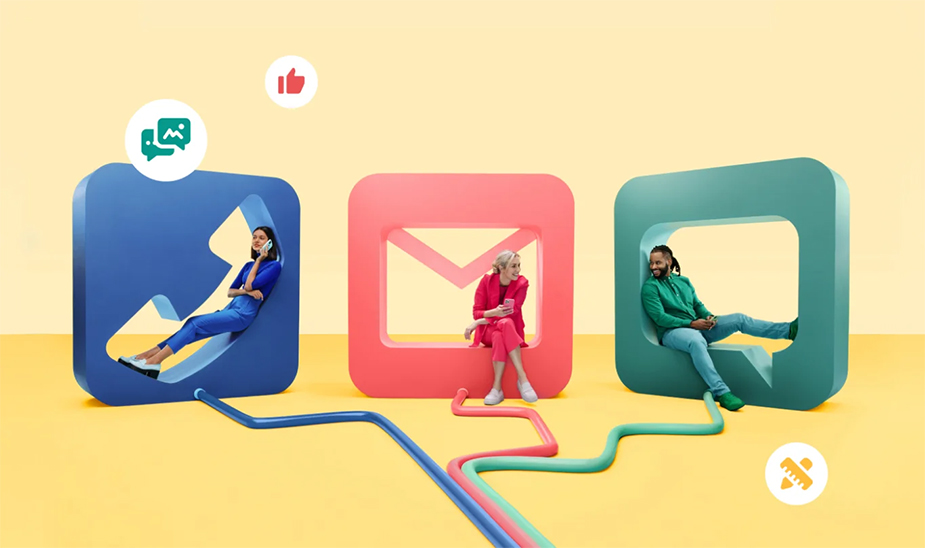
3. Instant Gratification is the New Norm
AI-powered advancements have also fueled the rise of the on-demand economy and reinforced consumers’ need for instant gratification. They now anticipate quick recommendations, same-day deliveries, and real-time customer support as the new norm.
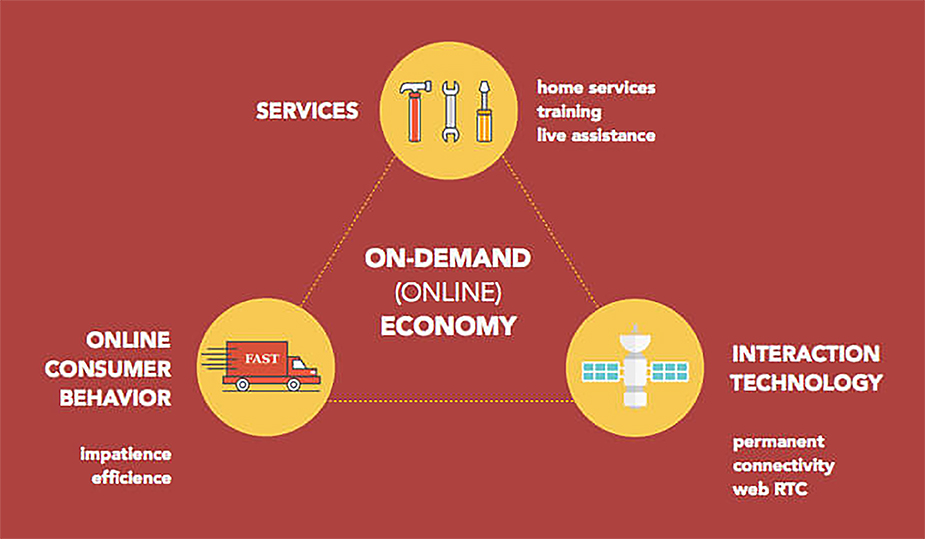
How Brands Can Adapt to the AI-Driven Consumer
If AI is changing the way customers behave, your brand needs to change the way it operates:
1. Make AI-Powered Personalisation A Priority
The brands winning today are the ones using AI-powered recommendation engines, predictive analytics, and chatbots to refine their marketing strategies, create hyper-personalised interactions, and even predict what their customers will want before they do. So, if you’re still using a one-size-fits-all approach, it’s time to change that.
Take Amazon’s recommendation engine, for example. It analyses vast amounts of data to suggest products before a customer even thinks to search for them. The result? More impulse purchases, shorter decision-making cycles, and increasing customer satisfaction.
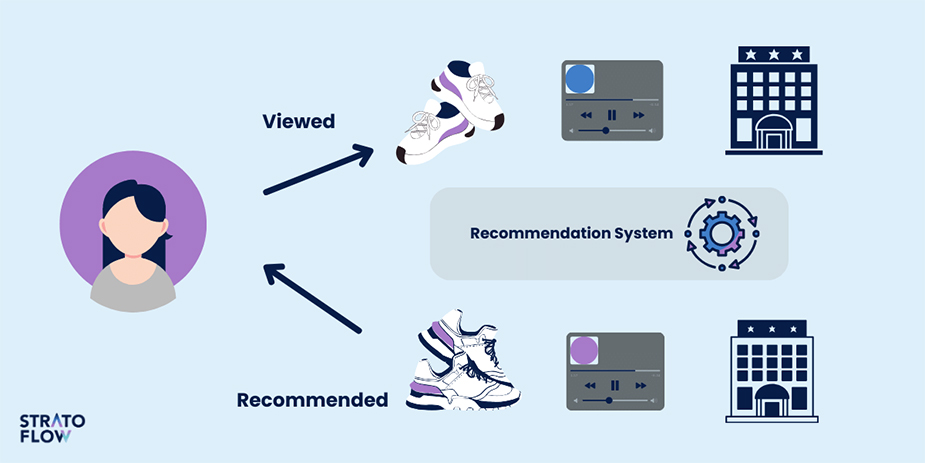
And it’s not just Amazon. Netflix, Spotify, YouTube, and even Starbucks use AI to create highly personalised experiences based on past consumer behaviour and consumer trends.
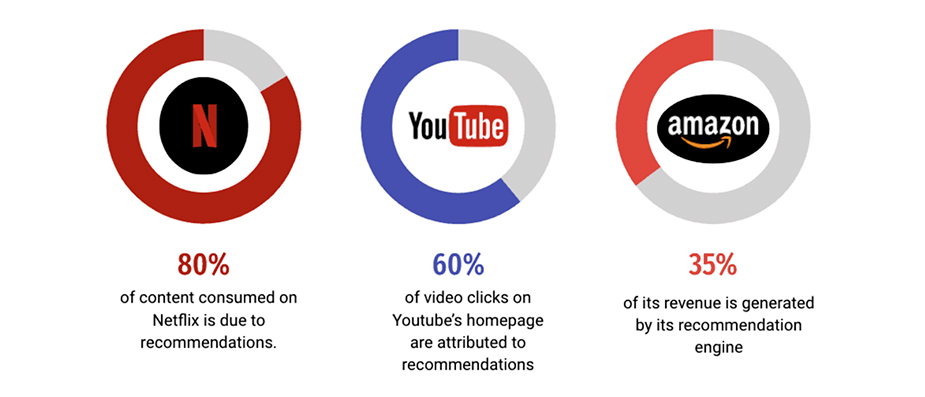
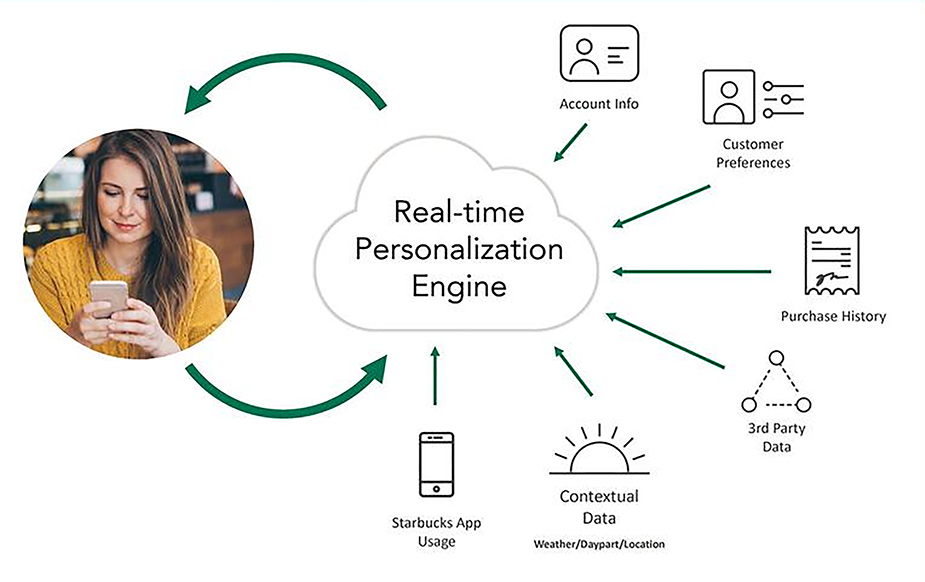
2. Invest in Generative AI, Chatbots, and Virtual Assistants
To keep up with AI-driven consumer behaviour, you also need to rethink how your brand engages with customers. Since speed and convenience are now non-negotiable, you must integrate AI-powered tools into customer service, content creation, and product recommendations to provide real-time engagement and improve the consumer’s experience. These tools will not only help your consumers buy what they need almost instantly but also handle customer inquiries in real-time (24/7).
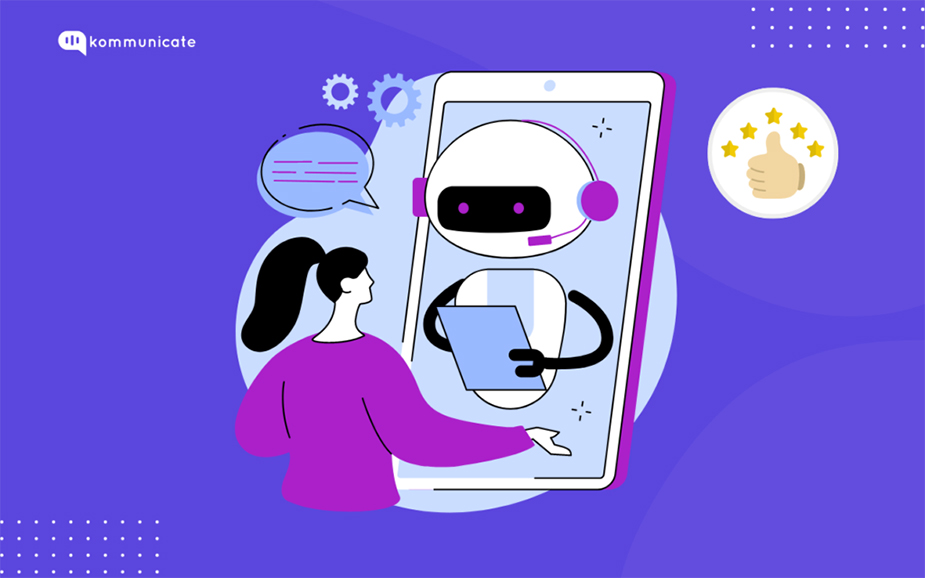
3. Optimise for Voice and Visual Search
Since more consumers are using voice assistants and visual search tools like Google Lens or Pinterest to find products, your brand must optimise for AI-driven search queries to ensure it ranks in voice and image-based searches. This means optimising for natural language processing and ensuring your content is structured, conversational, and easily discoverable across all search formats. Such optimisation not only enhances the consumer experience but also drives conversions in ways traditional methods can’t match.
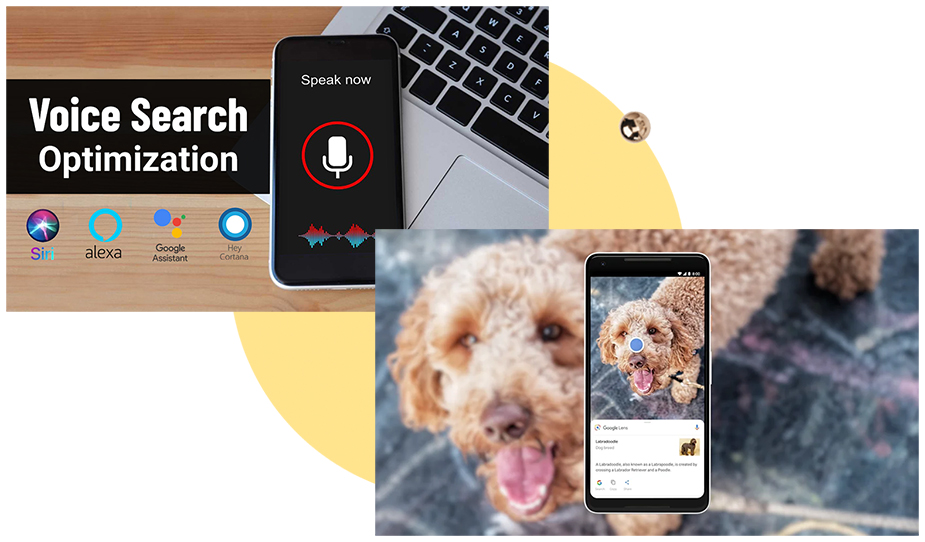
4. Stay Agile and Continuously Adapt
The AI landscape is evolving rapidly. Brands must adopt a culture of continuous learning and experimentation. This means staying informed on AI trends, testing new technologies, and being willing to pivot strategies as consumer behaviour shifts.
The Future Belongs to AI-Ready Brands
Consumer behaviour isn’t just evolving. It’s being reprogrammed by AI. Every search, click, interaction, and purchase raises the bar for speed, convenience, and personalisation. People don’t just want better experiences; they expect them. And if your brand isn’t keeping up, you’re not just struggling to keep pace with the ever-changing expectations of AI-empowered consumers—you’re fading into irrelevance.
Staying competitive and relevant in 2025 isn’t about simply using AI; it’s about understanding how AI advancements are changing consumer trends and desires and proactively adjusting your strategy. The brands that do this will lead. The ones that don’t? They’ll be left wondering where their customers went.
So, are you ready to evolve with AI-powered consumer behaviour, or will you be left behind? The choice is yours.








